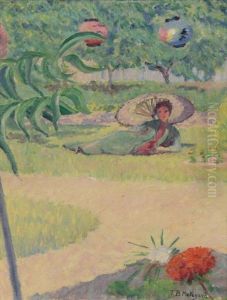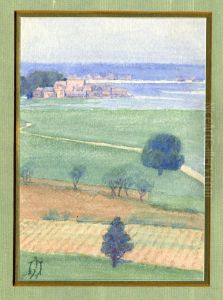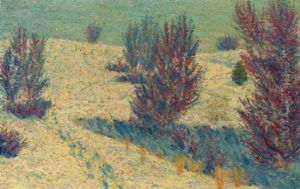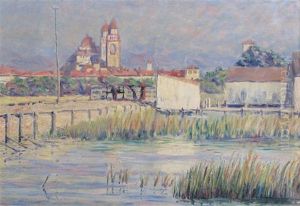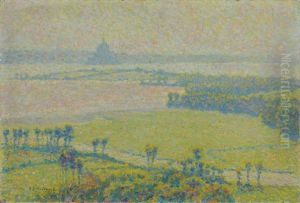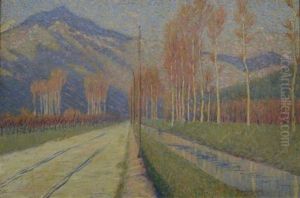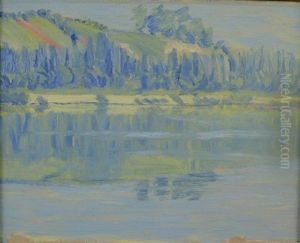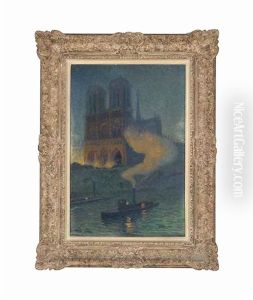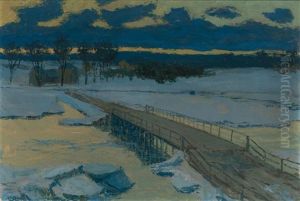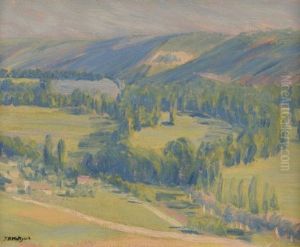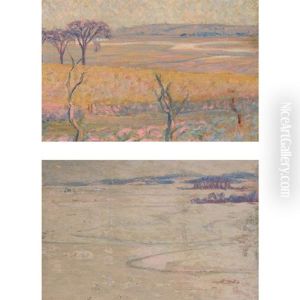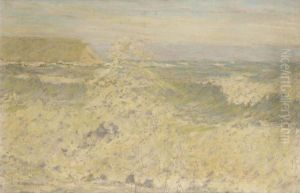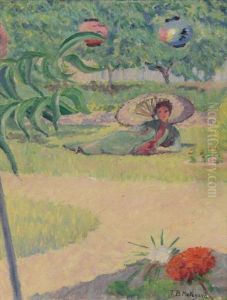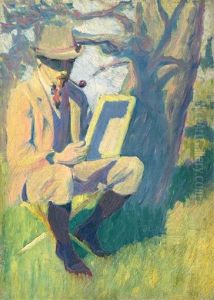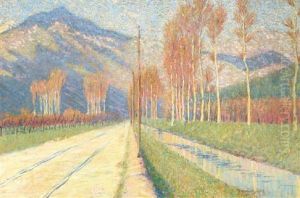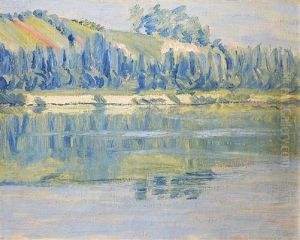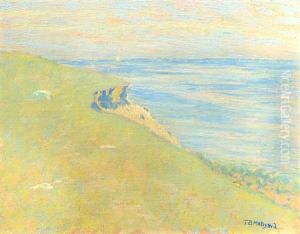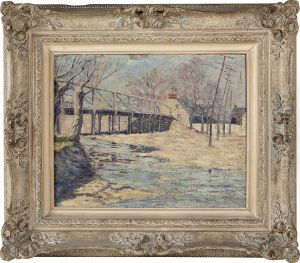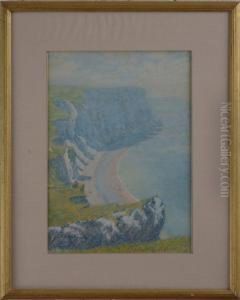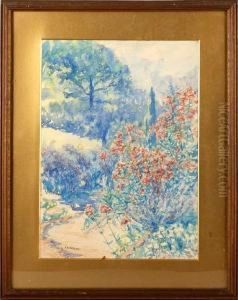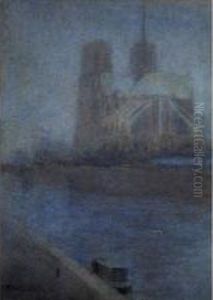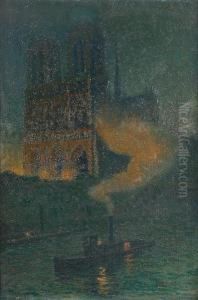Thomas Buford Meteyard Paintings
Thomas Buford Meteyard was an American artist born on March 25, 1865, in Cambridge, Massachusetts. He was a versatile artist, known for his work as a painter, illustrator, and etcher. Meteyard's artistic journey began at Harvard University, where he was deeply influenced by the Arts and Crafts movement and the burgeoning ideas of Post-Impressionism. After graduating in 1888, his pursuit of artistic development led him to Paris, where he studied at the Académie Julian under notable artists such as Benjamin Constant and Jules-Joseph Lefebvre. This period was crucial in shaping his style, which later evolved to embrace the Impressionist and Symbolist movements.
During the 1890s, Meteyard became closely associated with the Symbolist movement, aligning himself with other artists and writers who sought to express the mystical and emotional through their work. He spent significant time in Giverny, France, a haven for American impressionists, and was influenced by the work of Claude Monet. Meteyard's own style began to reflect a synthesis of Impressionist light and color with Symbolist themes of dream and myth.
Meteyard's contributions to the art world extended beyond painting. He was also a skilled illustrator, contributing to various publications of his time. His illustrations often carried the ethereal, dreamlike qualities that characterized his paintings. Additionally, Meteyard was involved in the Arts and Crafts movement in the United States, contributing designs to stained glass and other decorative projects, which echoed the movement's emphasis on craftsmanship and beauty.
Despite his alignment with these broader movements, Meteyard remained somewhat peripheral in the American art scene, often overshadowed by his contemporaries. However, his work received more recognition later in his life and posthumously, appreciated for its unique blend of Impressionist techniques and Symbolist themes. Thomas Buford Meteyard died on July 5, 1928, in Scituate, Massachusetts. Today, his works are held in various collections and museums, recognized for their contribution to the transitional period of American art between Impressionism and Modernism.
